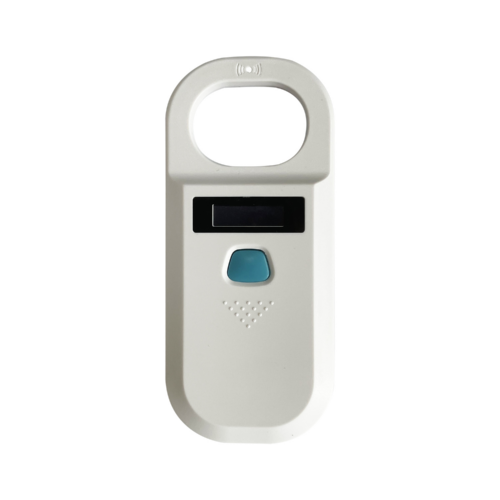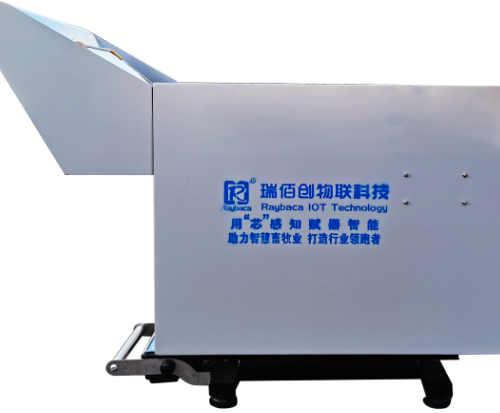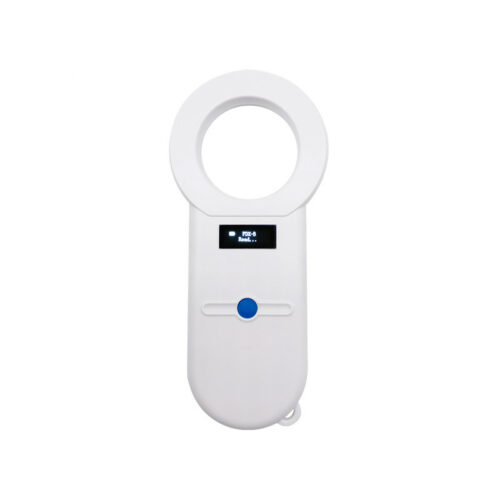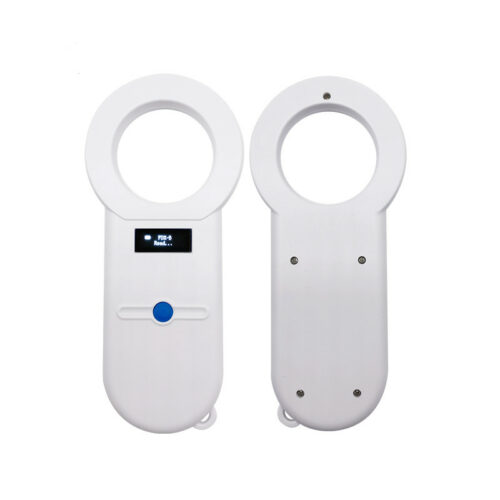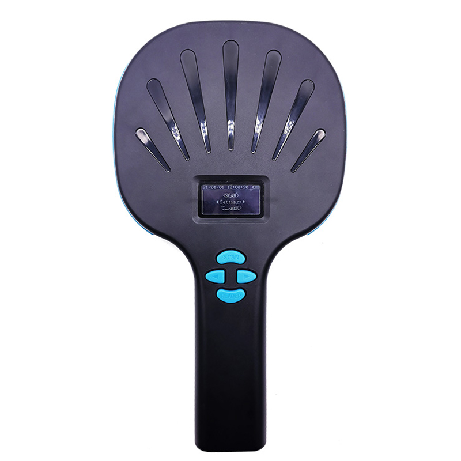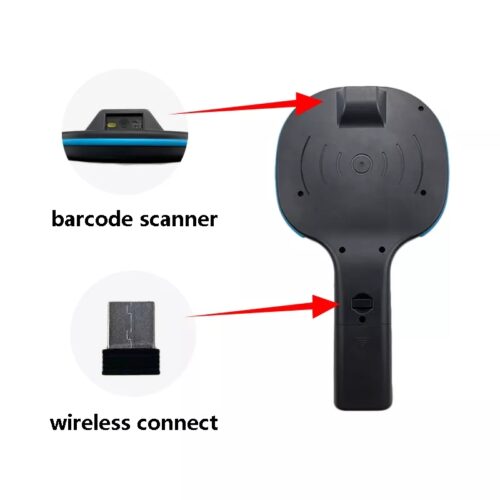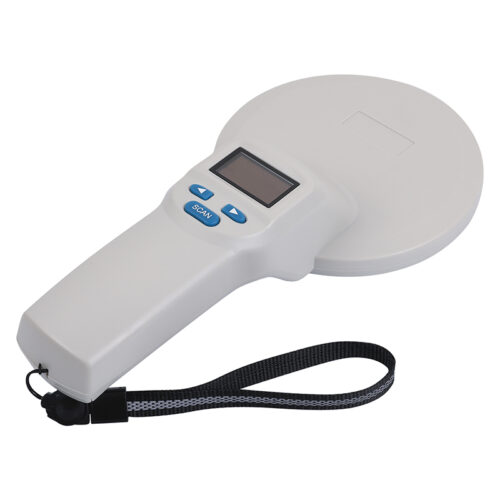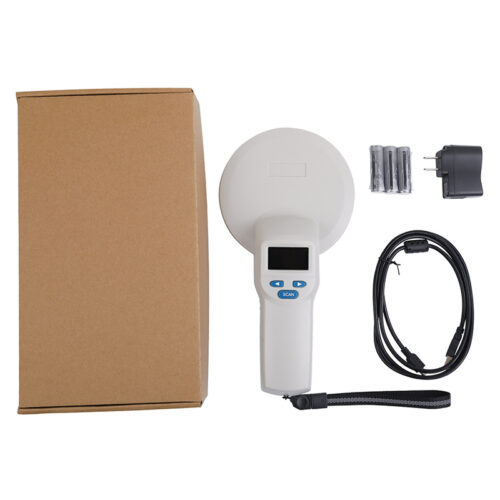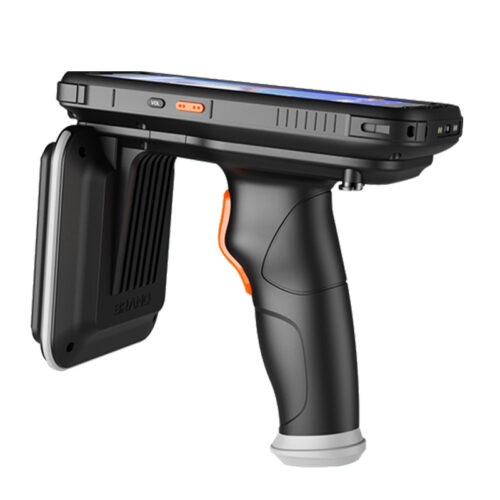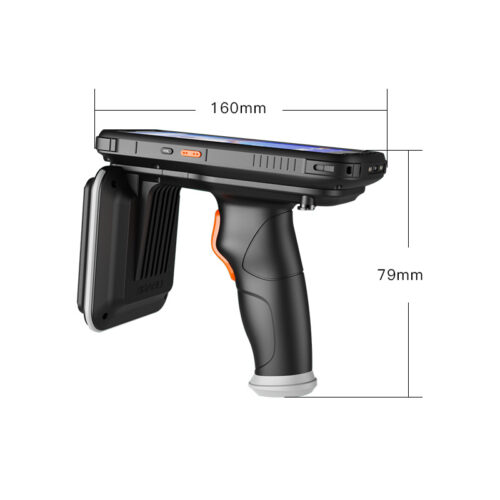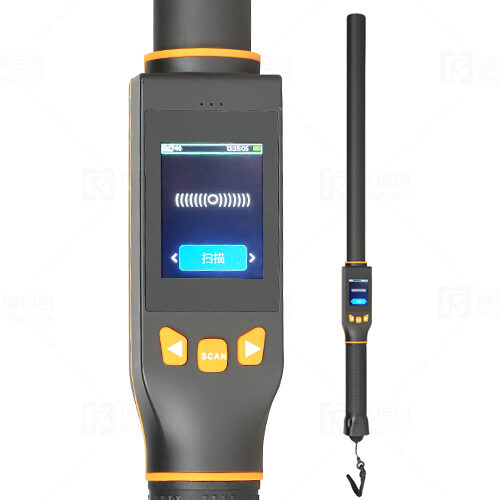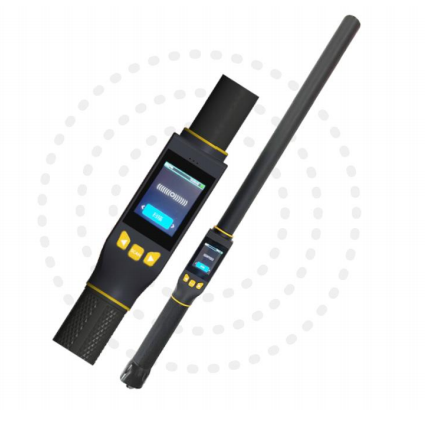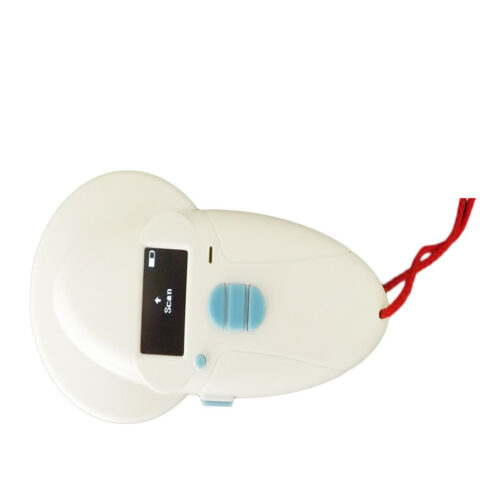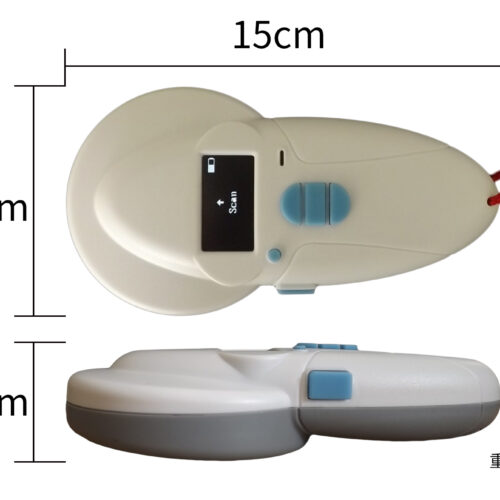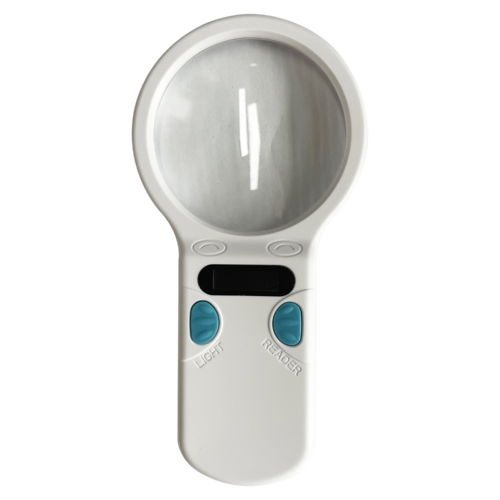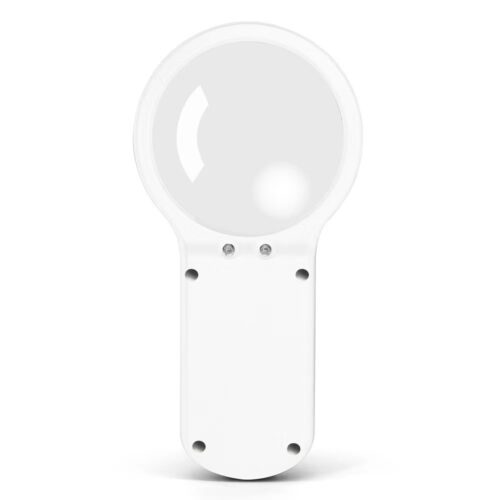Description
RBC-A04 is a Long-distance ISO11784/11785 E-tag reader. The reading distance of the reader can be more than 40cm if using it with Raybaca’s animal tag.
RFID Reader is a device that uses radio-frequency waves to wirelessly transfer data between itself and an RFID tag/label to identify, categorize, and track assets. When combined with the right RFID software, an RFID reader can identify objects quicker, more accurately, at a reduced overall cost, and various points of the object’s lifecycle.
Features:
| Support read | FDX-A/B HDX , Compliant with ISO11784/5 standard |
| Size | 260mm X 260mm X 35mm |
| Power | 12V-DC, Current:<150mA |
| Interface | RS232, RS485 |
| Reading distance | More than 40cm when reading animal tag |
| Application fields | Pig management, Cow management, Sheep management, Parking management. |
| Features
|
High reliability, ESD protection, Anti-surge protection |
| Application
|
Animal shelters,VET store,Animal Clinics,Livestock Farm,Dairy Farm,Ranch Farm,Stables,Animal Clubs,Animal Association,Pet stores,Pet doors |
| Spare parts included
|
· RBC-A04 Reader Scanner
· Manual Book · 1-Year Warranty Card · Certificate of Conformity |
Communication Protocol
READER transmits data in string in string format. The default address of RS485 is 001 and the baud rate is 19200, with 8 data bits, 1 stop bit and without check bit, the buzzer is enabled in default mode.
Letter of agreement:
This product is a slave and uses a string transfer format. The default RS485 address is 0x01, the baud rate is 9 6 00, 8 data bits, 1 stop bit, no parity bit; the buzzer is turned on by default.
Data Format:
| frame header | Order | device address | Data length | data | check BCC | terminator |
| $ | 1Byte | 00~FF | 00~FF | 2Byte | # |
1. A read command
Example:
Read the card number in decimal form, the host sends the data: $ A 01 01 D 05 #
When the card is not read, the slave returns: $A0102ER55#
When the card is read, the slave returns: $A0112OKD 918002022059584 34#
Read card number in hexadecimal form, host sends data: $ A 01 01 X 19 #
When the card is not read, the slave returns: $A0102ER55#
When the card is read, the slave returns: $A0111OKX 9603402E867800 62#
PC – > the product
Read the card number in decimal form, the host sends the data: $ A 01 01 D 05 #
Read card number in hexadecimal form, host sends data: $ A 01 01 X 19 #
‘$’ data frame header;
‘ A ‘ command type code, ‘ A ‘ is the read data command;
“01” is the address, the range is 00~FF;
” 01 ” is the data length, range 00~FF;
” D ” is the data format word, ‘ D ‘ reads the card number in decimal form, ‘ X ‘ reads the card number in hexadecimal form;
” 05 ” BCC verification code, the ASCII code value of each character (except the head ‘$’) before the BCC code is XORed, BCC = ‘ A ‘ ^ ‘ 0 ‘ ^ ‘ 1 ‘ ^ ‘ 0 ‘ ^ ‘ 1 ‘ ^ ‘ D ‘ = 0x05 (result in character to represent hexadecimal);
‘#’ terminator.
The product – > PC
card reader has read the tag data, return: $ A 01 12 OK D 918002022059584 34 # (decimal) or $ A 01 11 OK X 9603402E867800 62 # (hexadecimal);
The card reader has not read the tag data or the data has been read, return: $ A 01 02 ER 55 #
‘$’ data frame header;
‘ A ‘ command type code, ‘ A ‘ is the read data command;
“01” is the address, the range is 00~FF;
” 12 ” is the data length, range 00~FF;
” OK ” is the status sign, ” OK ” reads the card successfully, ” ER ” reads the card fails;
” D ” is the data format word, ‘ D ‘ reads the card number in decimal form, ‘ X ‘ reads the card number in hexadecimal form;
” 918002022059584 ” is the decimal card number, in which ” 918 ” is the country code, ” 002022059584 ” is the domestic code; ” 9603402E867800 ” is the hexadecimal card number, in which ” 9603 ” is the country code, ” 402E867800 ” is the domestic code (low character Section first, high byte after);
” 34 ” BCC verification code, the ASCII code value of each character (except the head ‘$’) before the BCC code is subjected to XOR operation (the result is represented by characters in hexadecimal);
‘#’ terminator.
Note: 918 = 0x96 + (0x03 << 8);
002022059584 = 0x40 + (0x2E << 8) + (0x86 << 16) + (0x78 << 24) + (0x00 << 32);
2. C Set card reading mode
Set to passive read, host sends data: $ C 01 02 00 40 #
If successful, return: $ C 01 04 OK 00 42#
Set as active read, host sends data: $ C 01 02 01 41 #
If successful, return: $ C 01 04 OK 01 43#
Note: ” 00 ” is set to passive read mode, and ” 01 ” is set to active read mode. Set to passive read mode, the card number will be returned only when the host sends a read command. When it is set to the active reading mode, the card number will be sent actively when the card is read. When there is always a card, the card number will be sent every 0.4 seconds. The data format output in active read mode is set by “1. A read command”.
3. D Antenna switch (antenna is on by default)
Turn on the antenna, the host sends data: $ D 01 02 01 46 #
If successful, return: $ D 01 04 OK 01 44#
Close the antenna, the host sends data: $ D 01 02 00 47 #
If successful, return: $ D 01 04 OK 00 45#
Note: The antenna state will not be saved when the power is off. After power on and reset, the default antenna is on.
4. E Automatically adjusts the antenna
Host sends data: $ E 01 00 44#
Success, return: $ E 01 06 OK 07 1E 35 # (return within 0.5 seconds, please ensure enough timeout waiting time)
Note: Power-on reset will also automatically adjust the antenna. When the antenna environment changes or deforms, the antenna needs to be adjusted.
5. G Set device address
Host sends data: $ G 01 02 08 4C #
Success, return: $ G 08 04 OK 08 47 #
Send data: $ G 01 02 0 1 4 5 #
Success, return: $ G 01 04 OK 01 47 #
Note: Except for “G set device address command” and “Z restore factory settings command” will ignore the device address, other commands will only respond to the device address pair. When there are multiple devices on the 485 bus, it is forbidden to use the “G command to set device address” and “Z command to restore factory settings”.
6. H switch buzzer
Turn off the buzzer, the host sends data: $ H 01 02 00 4B #
If successful, return: $ H 01 04 OK 00 49#
Turn on the buzzer, the host sends data: $ H 01 02 01 4A #
If successful, return: $ H 01 04 OK 01 48#
7. Z Restore factory settings
Host sends data: $ Z 01 00 5B#
Success, return: $ Z 01 02 OK 5D #
Factory setting: passive card reading, buzzer on, device address 0x01

